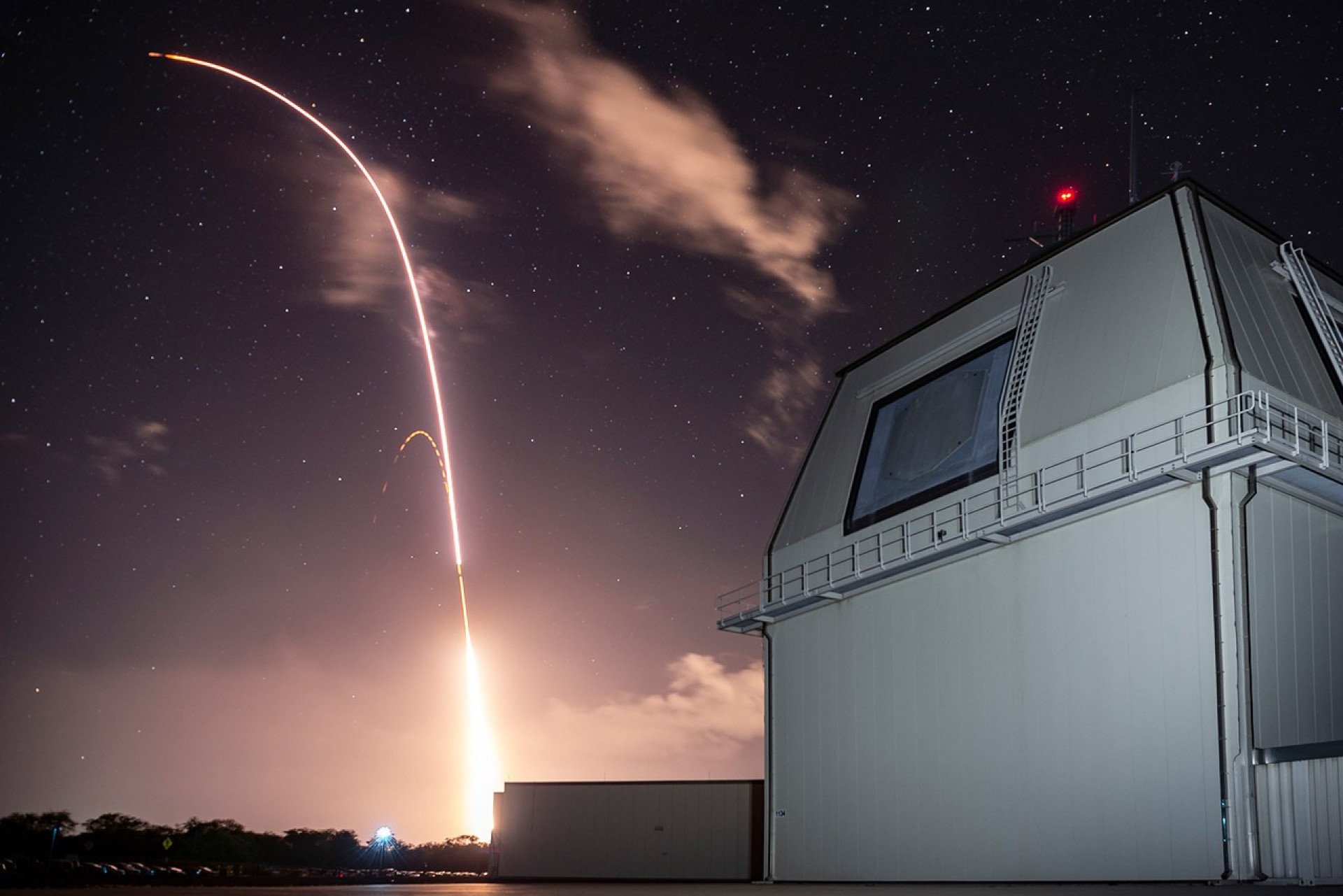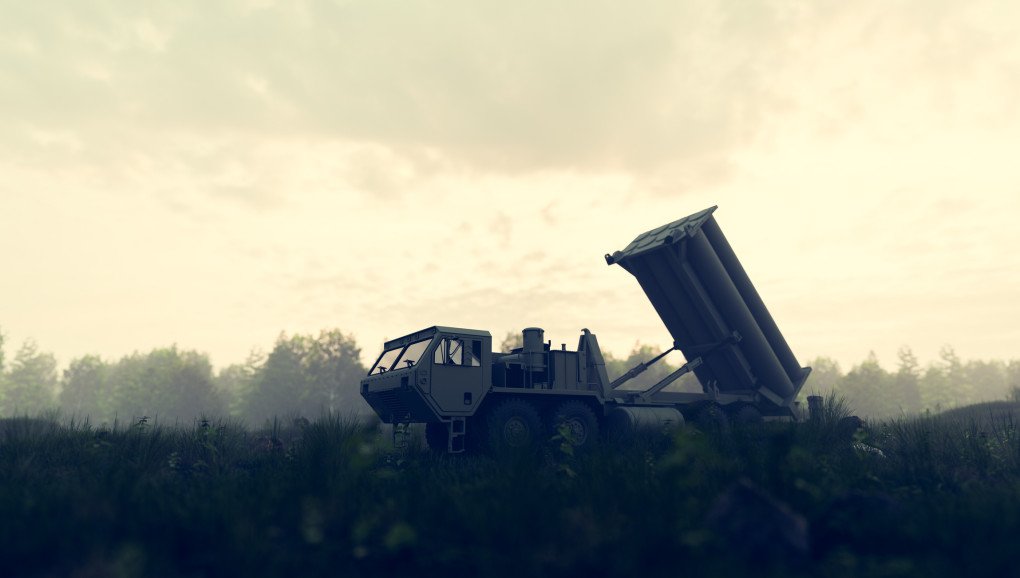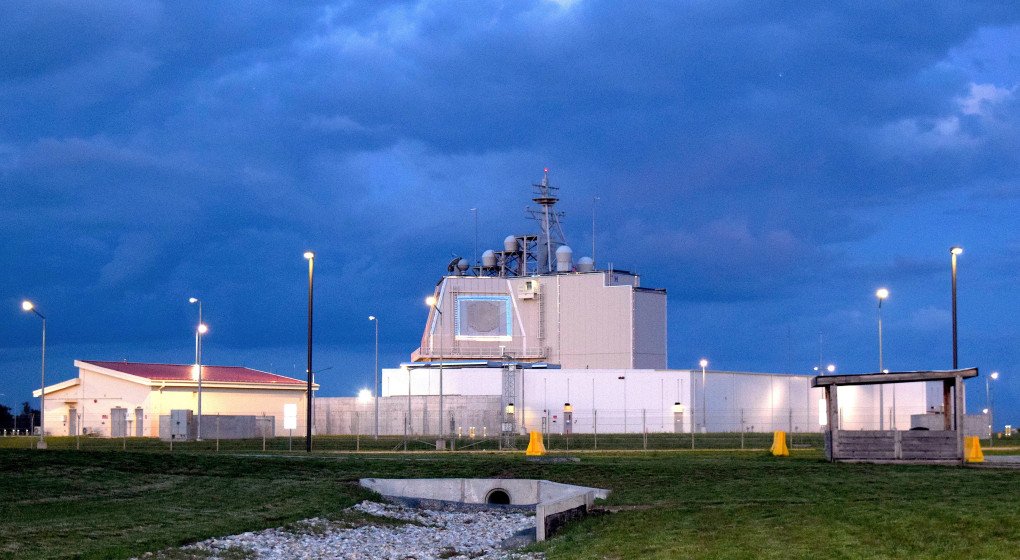- Category
- War in Ukraine
Which American Weapons Can Intercept Russia's “Oreshnik” / RS-26 “Rubezh” Missiles?

The United States has developed several systems capable of intercepting short- and medium-range ballistic missiles—technology that Ukraine currently lacks.
Russia used a medium-range ballistic missile against Ukraine on November 21, marking its first use since the war began in 2014. Russian leader Vladimir Putin confirmed the deployment, citing the project under the name “Oreshnik.” Ukraine’s Main Intelligence Directorate (HUR) suggests the missile complex is known as “Kedr,” while insiders identify it as a development of the RS-26 “Rubezh” system.
Regardless of its name, this missile is notoriously difficult to intercept. It can travel up to 5,500 km, reaches a terminal speed of approximately Mach 11, and carries six nuclear warheads. In the strike on Ukraine, the warheads were replaced with dummies.
Currently, Ukraine does not possess weapons capable of intercepting such missiles. However, such technology exists, with the United States leading the way in its development.
THAAD
The Terminal High Altitude Area Defense (THAAD) system is a US missile defense complex designed to intercept medium- and short-range ballistic missiles. Operational since 2008, its development began in the early 1990s.

THAAD can intercept missiles at altitudes of up to 200 km, with its interceptor missile reaching speeds of up to 3,000 km/h.
Each battery costs between $2.3 billion and $3 billion. However, THAAD is rarely exported. Exceptions exist, such as Saudi Arabia, which purchased the system in a $15 billion deal to protect its oil infrastructure.
Arrow 3
A joint project between the United States and Israel, the Arrow 3 system is designed to intercept ballistic missiles, including intercontinental types. It was developed specifically to protect Israel from potential attacks by its neighbors, addressing a wide range of weaponry threats.
Arrow 3 operates at altitudes of up to 100 km, with an effective range of up to 2,400 km. In October 2023, the system successfully intercepted a Yemeni ballistic missile.
While currently deployed only in Israel, Arrow 3 is available for export. A $3.5 billion contract with Germany will see the system deployed in Europe by 2025.
Aegis Ashore and RIM-161 Standard Missile 3
Deploying these systems in Ukraine is largely impractical due to the substantial investment and lengthy timelines required for construction. Similar installations in Poland and Romania took years to complete.

Starting with the missiles, the RIM-161 Standard Missile 3 (SM-3) is a US guided surface-to-air missile designed to intercept targets at altitudes of up to 250 km, with closing speeds reaching an incredible 36,667 km/h. However, this cutting-edge technology comes at a steep cost—each missile is priced at approximately $20 million.
The main challenge lies in the launch platforms. These missiles are launched from the Aegis system, typically deployed on US Navy destroyers. The US later developed Aegis Ashore, a land-based version of the launch system. Unlike mobile systems such as Patriot or THAAD, Aegis Ashore is static and functions as a full-scale military base.
In Europe, Aegis Ashore systems are operational in Romania and Poland. These were initially designed to protect the continent from potential ballistic missile launches from the Middle East, rather than Russia. This was due to the INF Treaty, which prohibited medium- and short-range ballistic missiles. However, the treaty was terminated in 2019.
-29a1a43aba23f9bb779a1ac8b98d2121.jpeg)
-c42261175cd1ec4a358bec039722d44f.jpg)
-46f6afa2f66d31ff3df8ea1a8f5524ec.jpg)
-6359eca46c72bde40a90abaaadd6eaa8.png)


-206008aed5f329e86c52788e3e423f23.jpg)